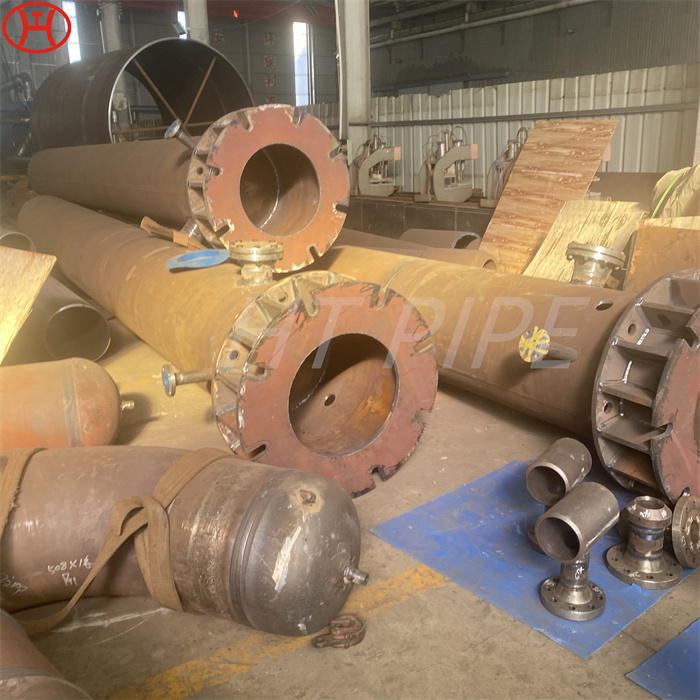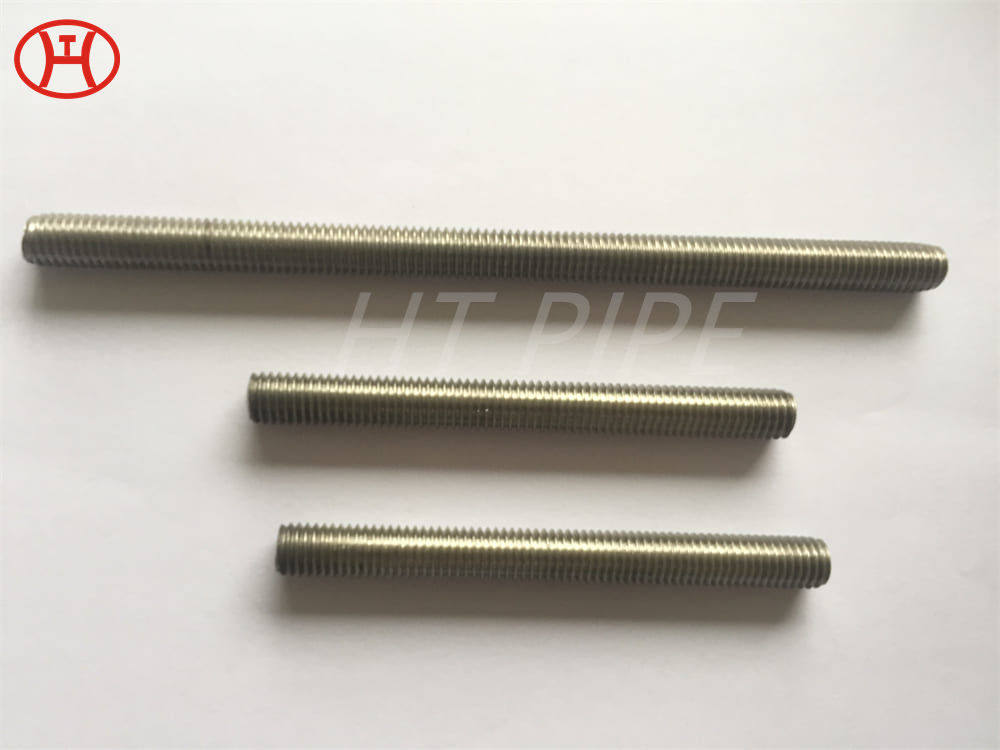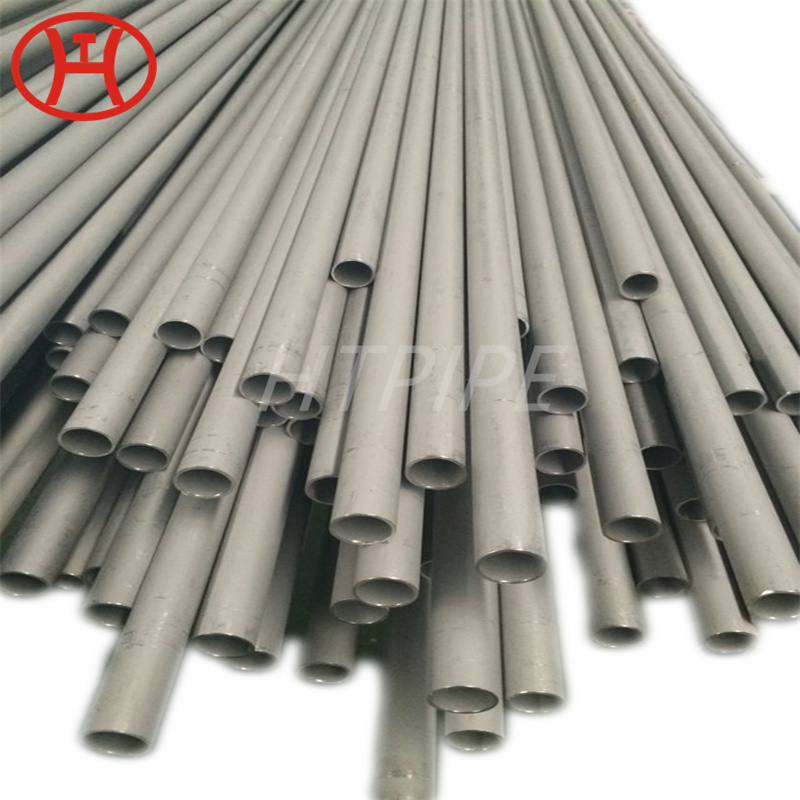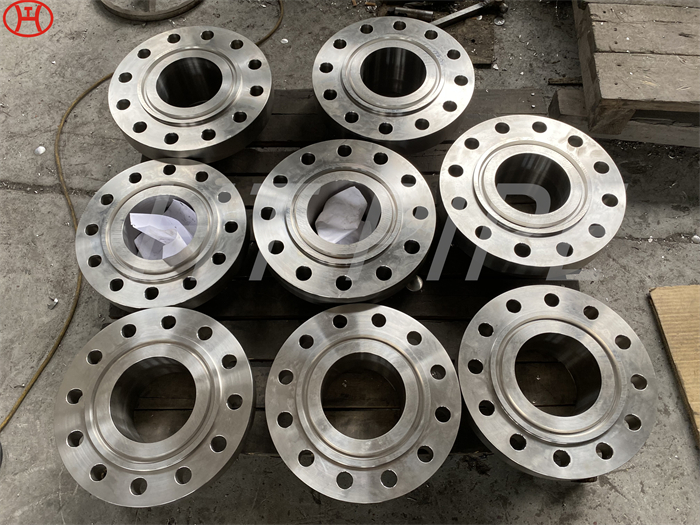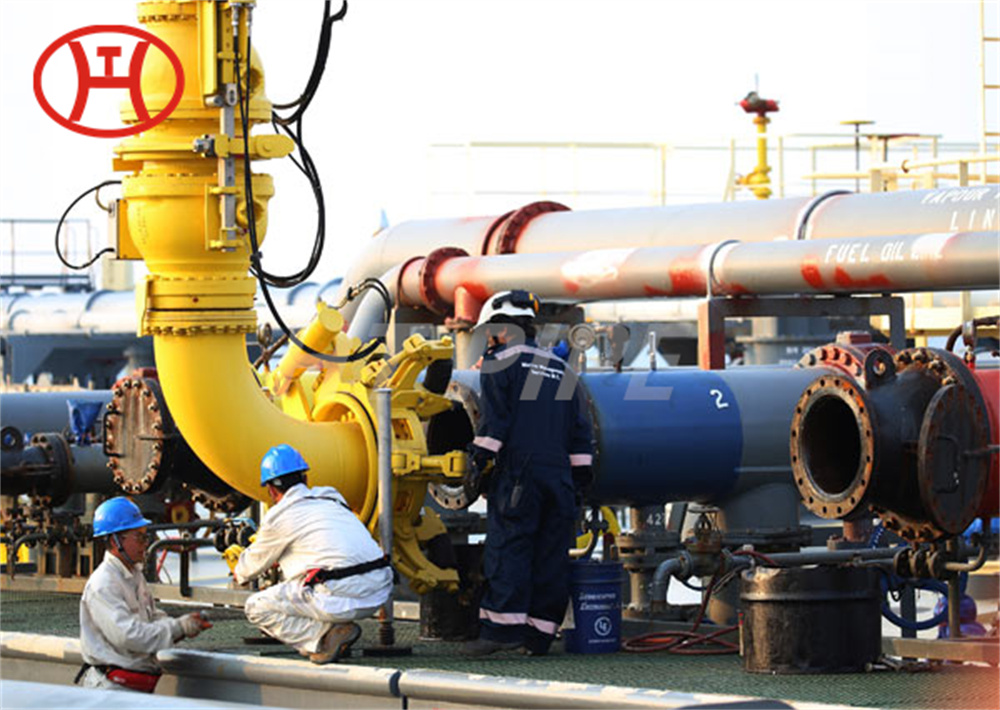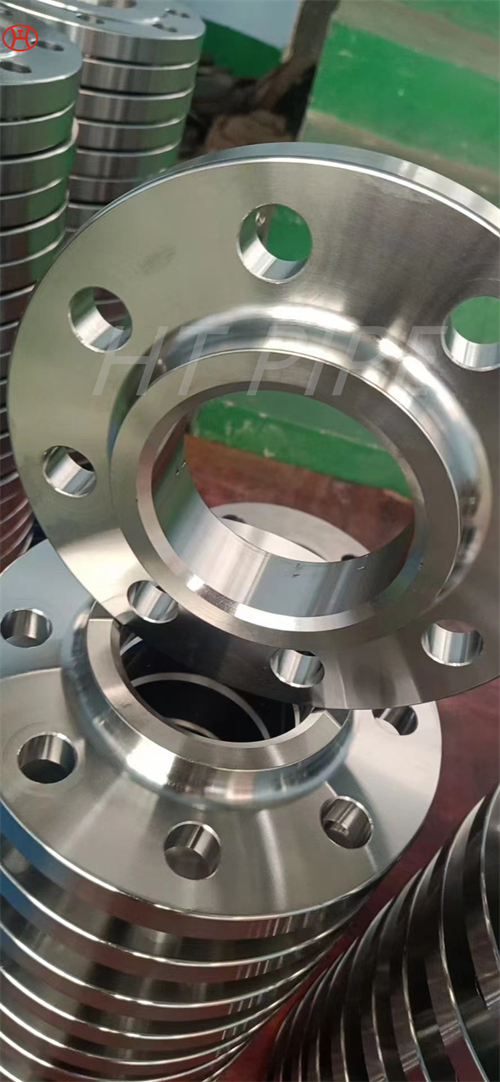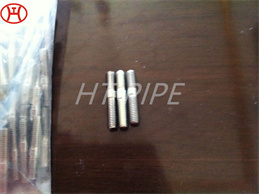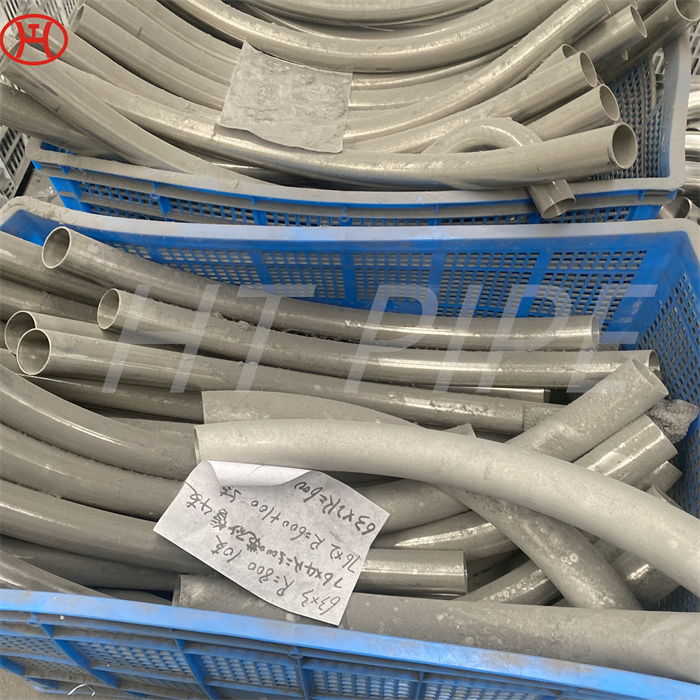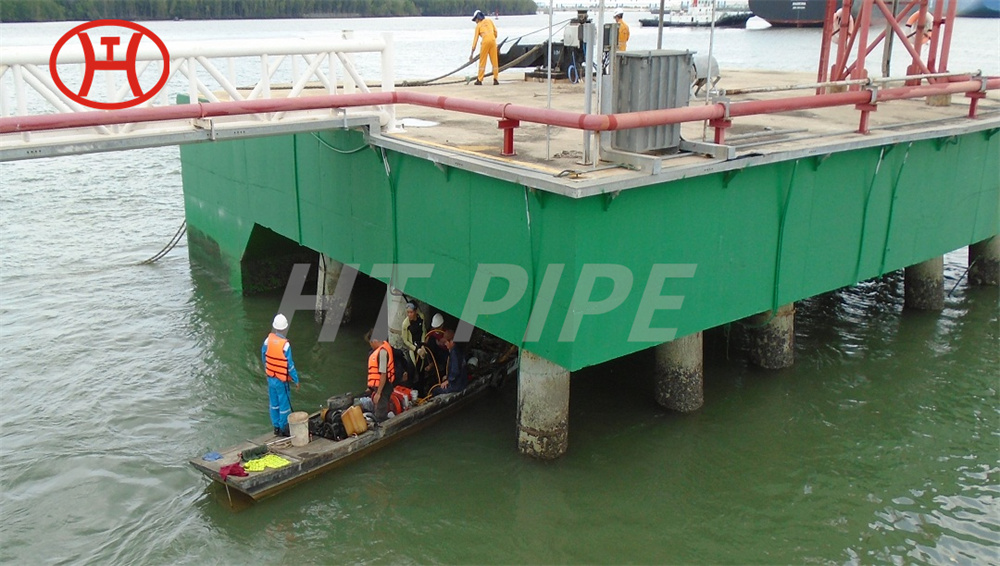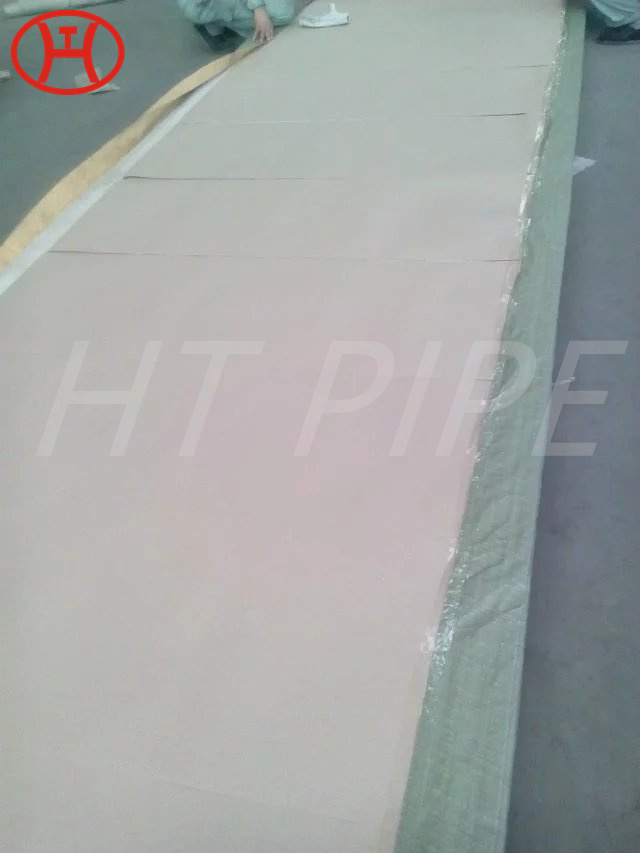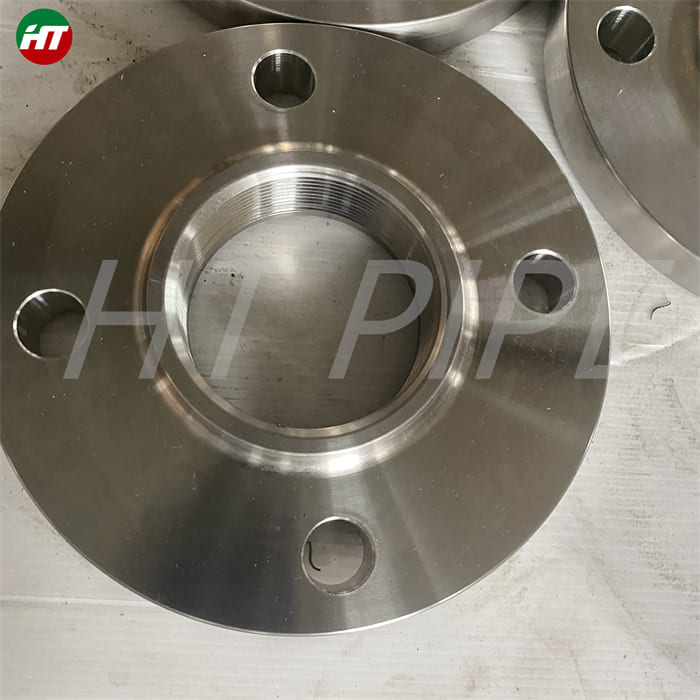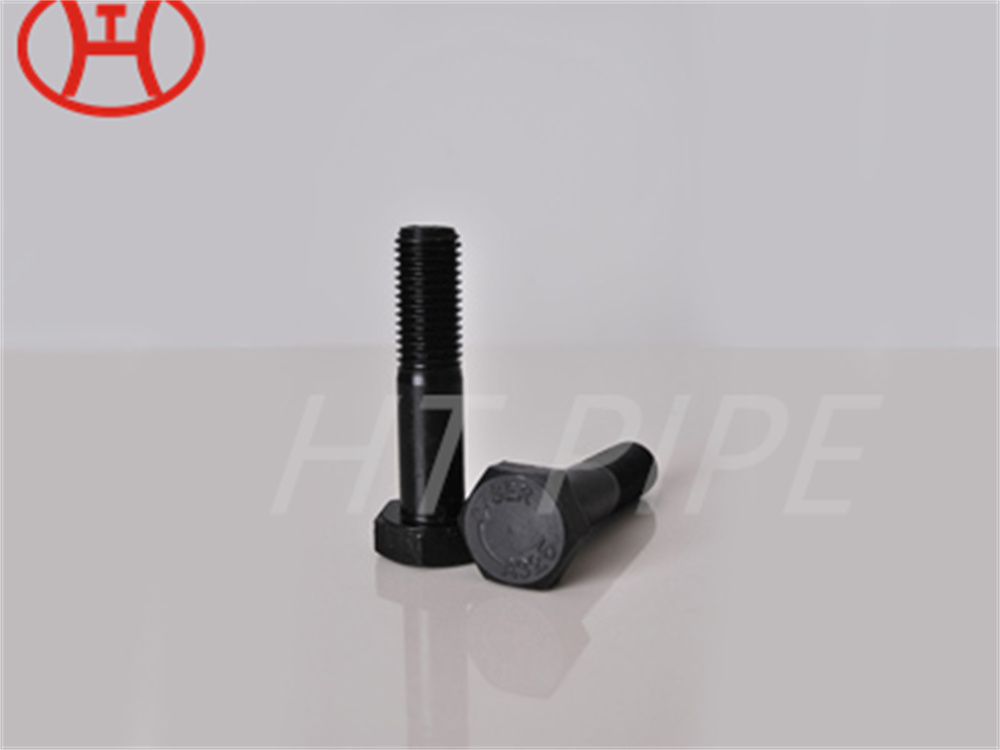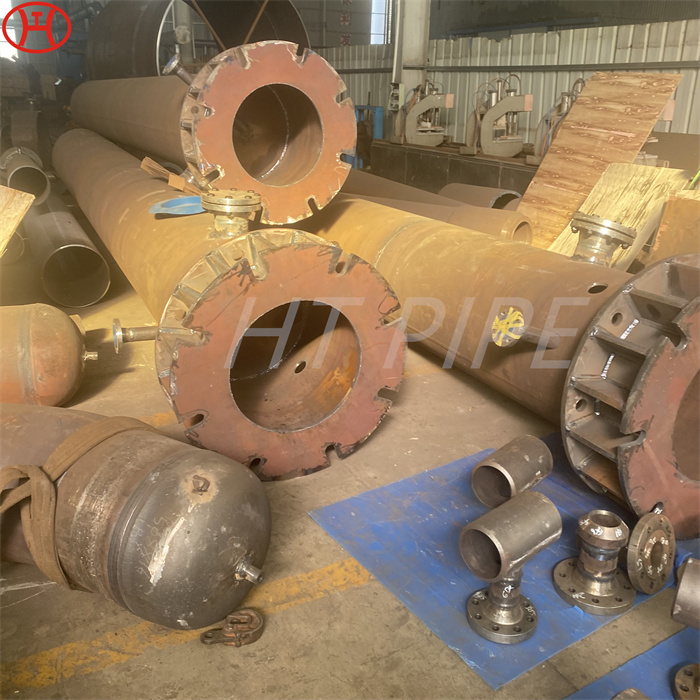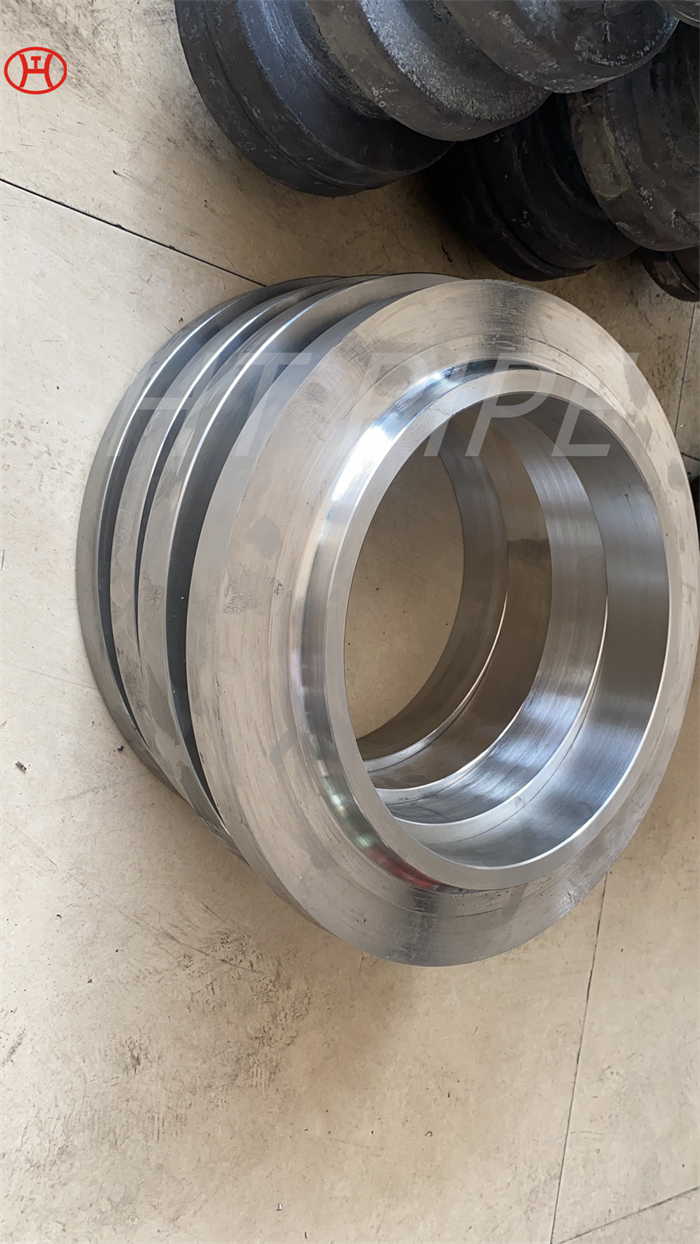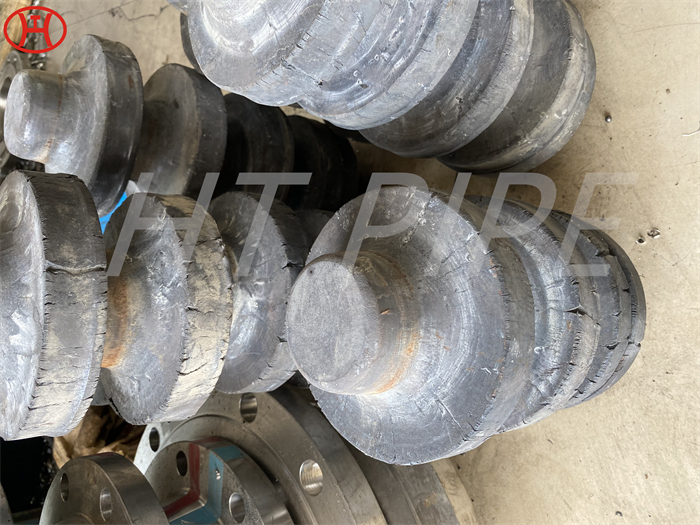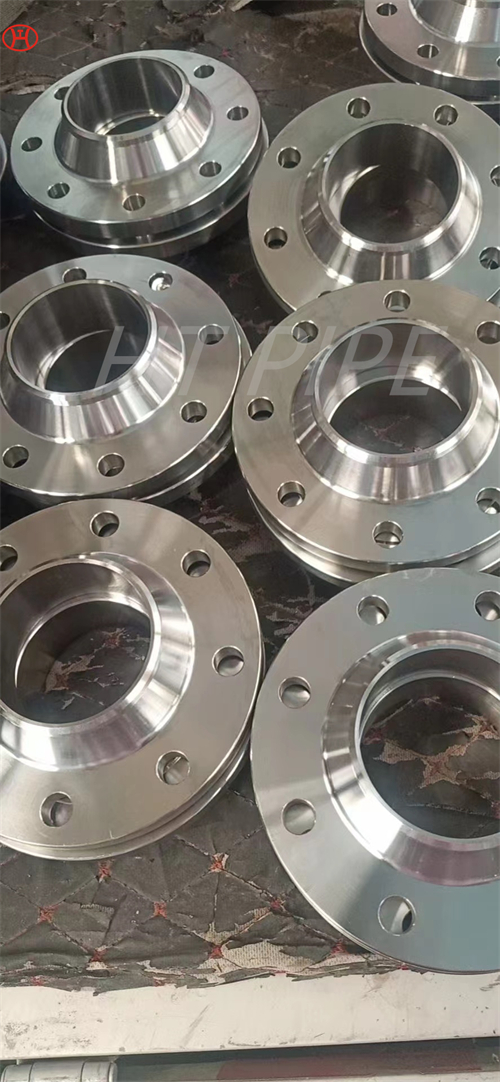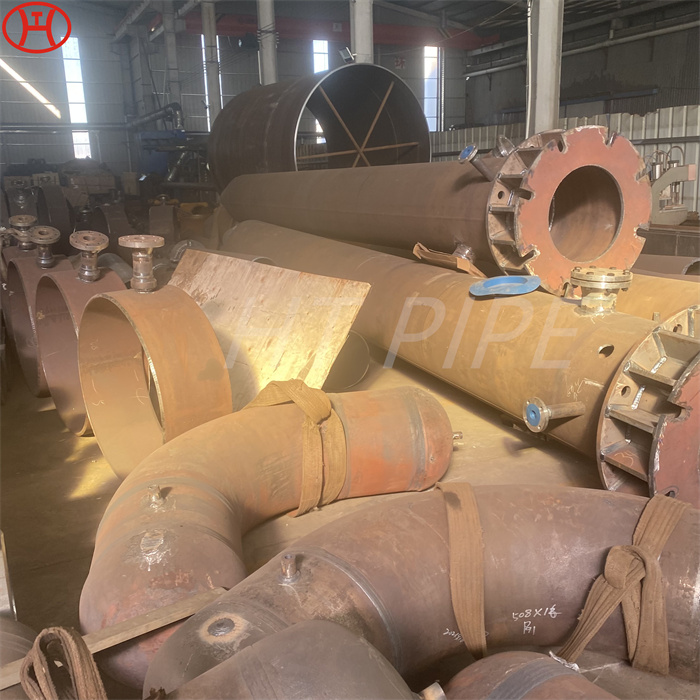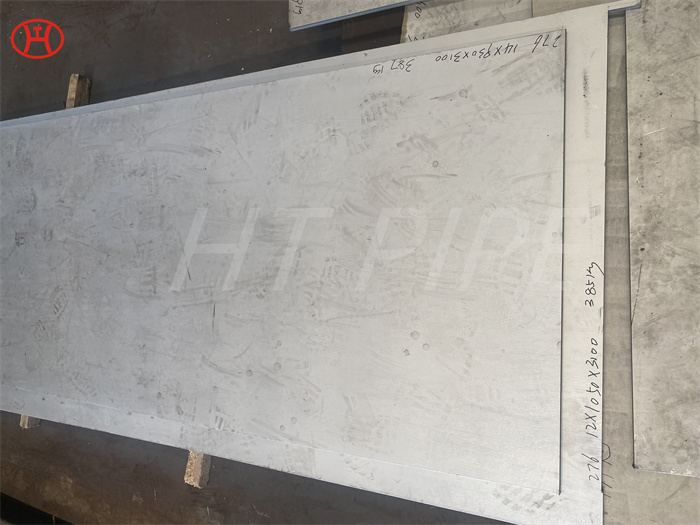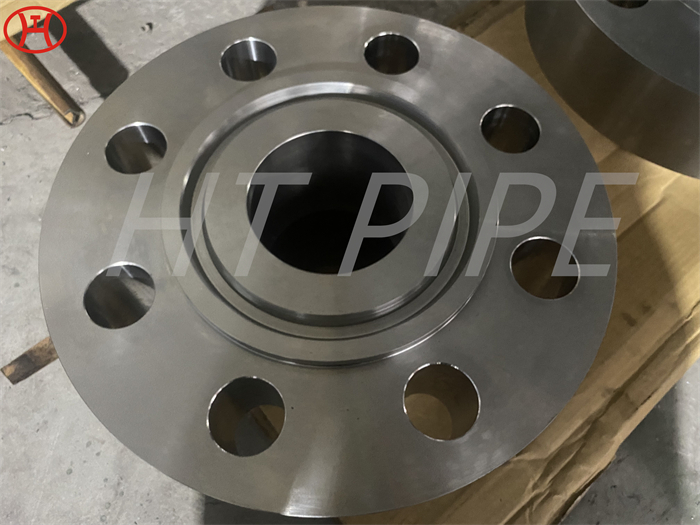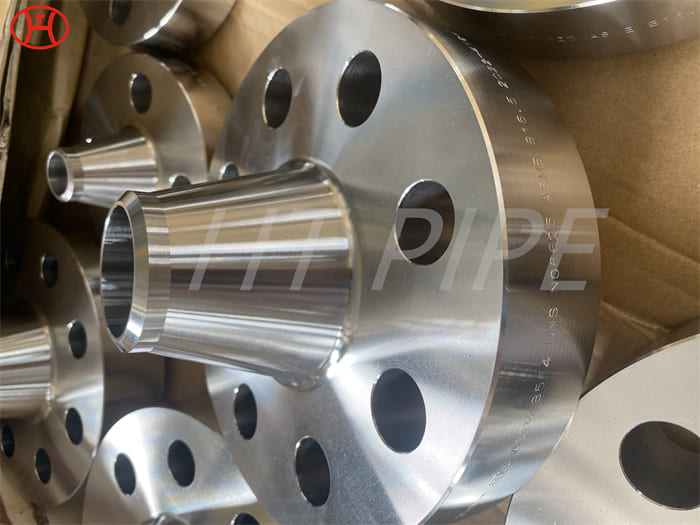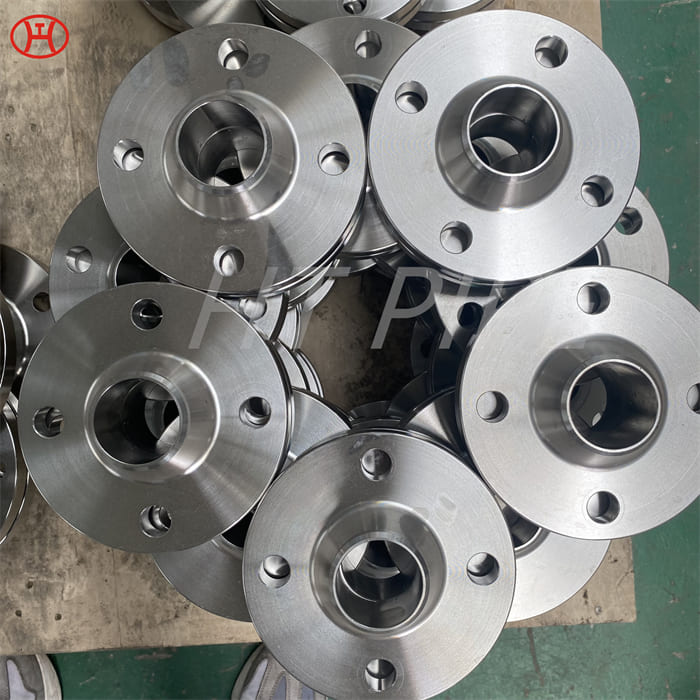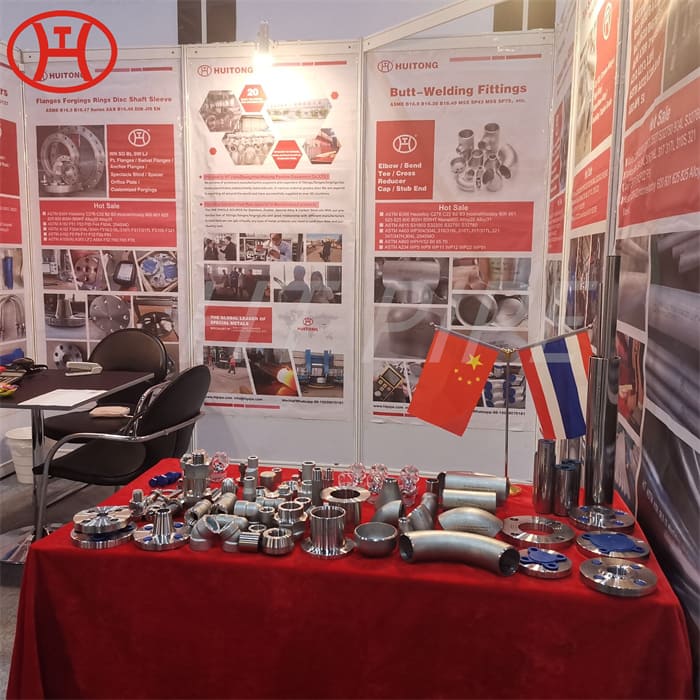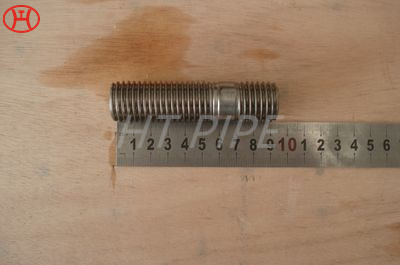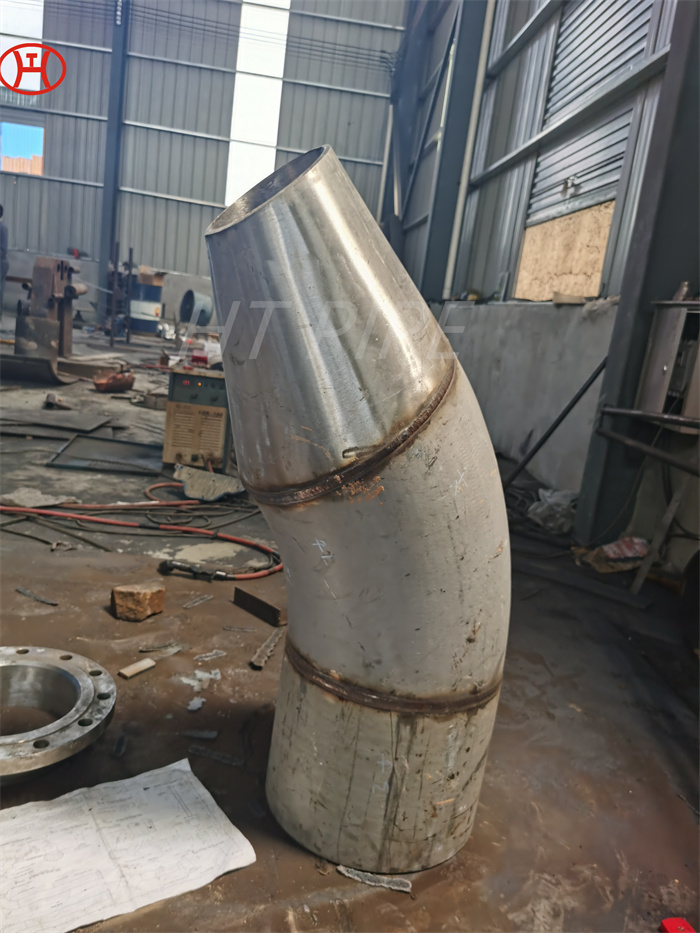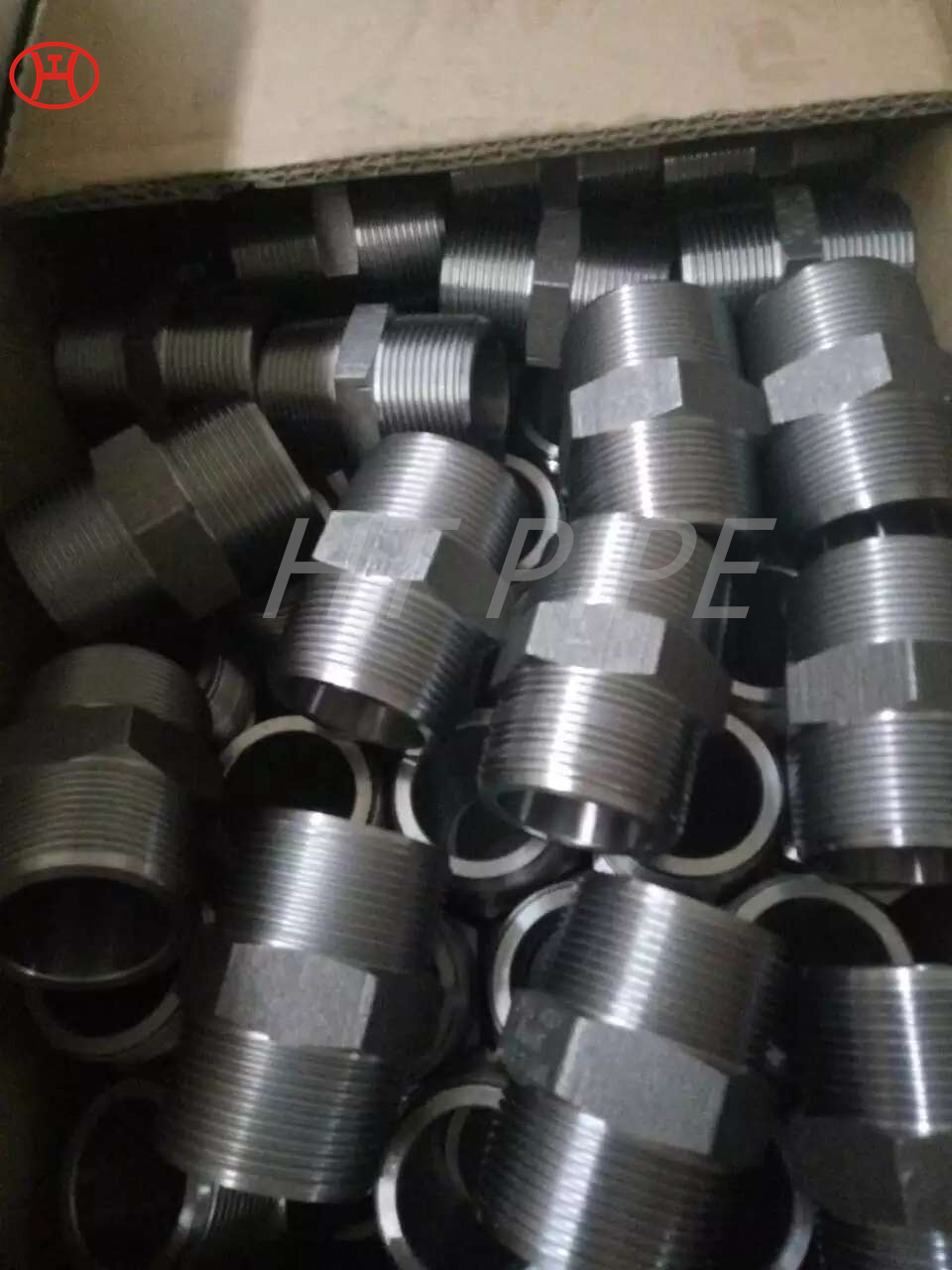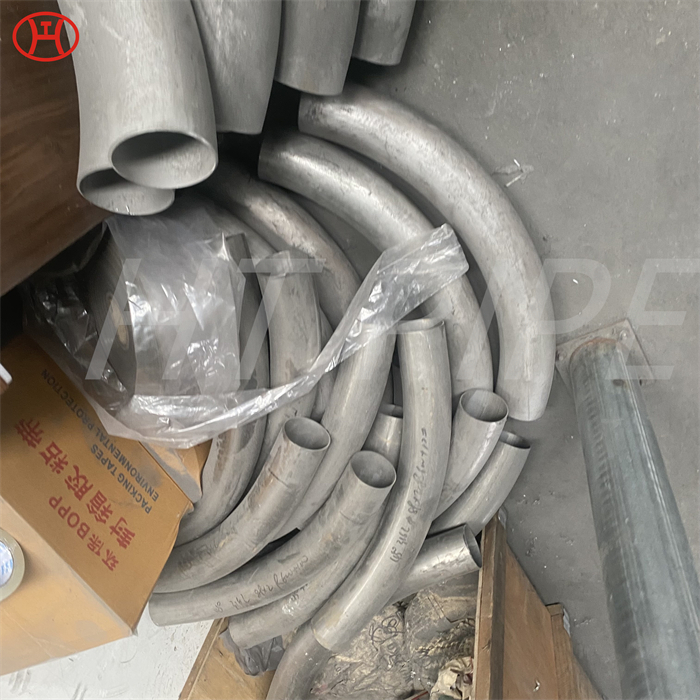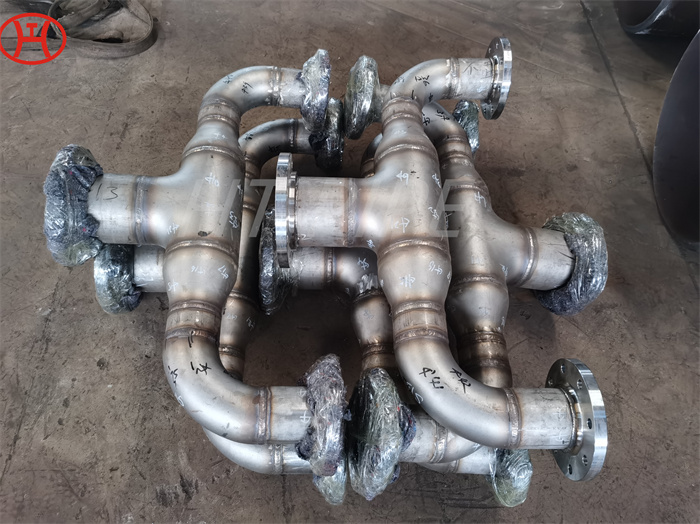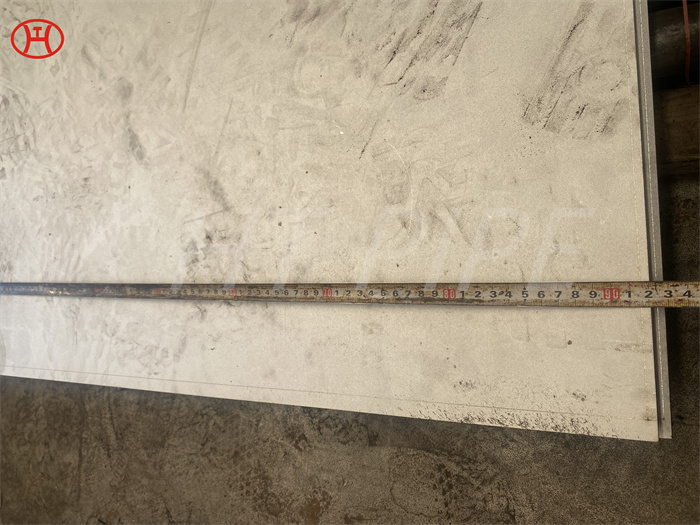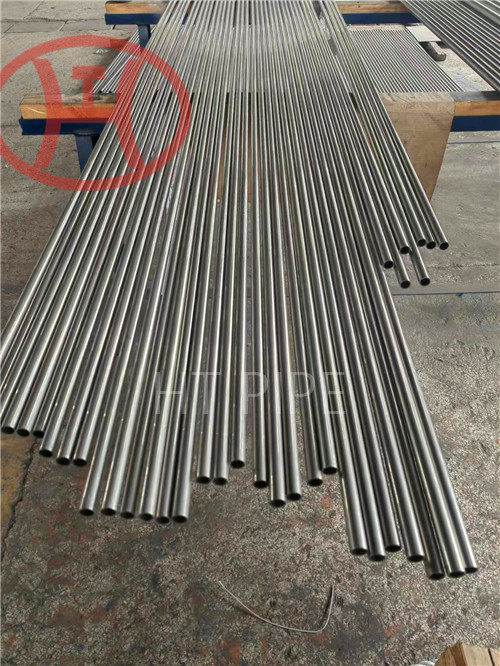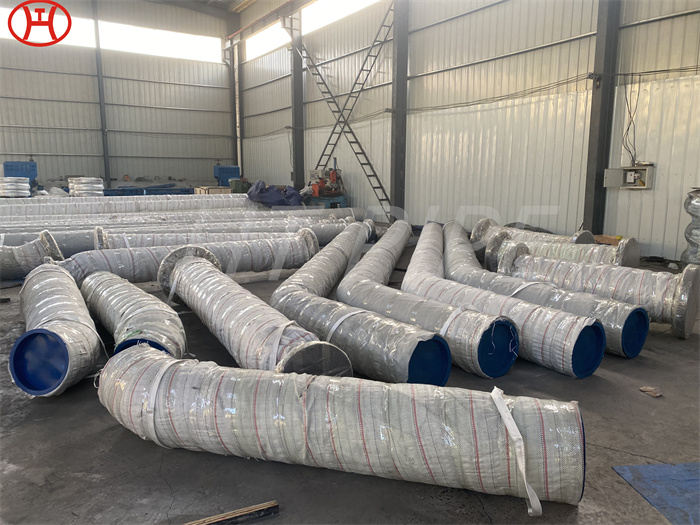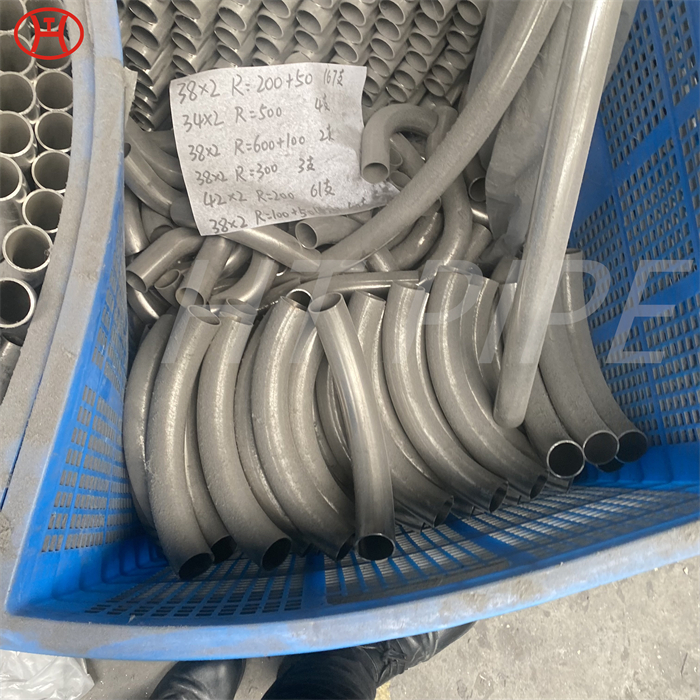hastelloy c276 N10276 pipes with WN flanges
Hastelloy C-276 is the most common corrosion resistant material currently available, but it is not foolproof. Metals should not be exposed to high temperature, strong acid environment. Also, it is easier to work with cold working practices; hot working makes it easier to harden. If hot working, the temperature should be maintained between 1600¡ãF and 2250¡ãF.
The corrosion resistance of Hastelloy C-276 is also used in strong chemical environments such as chemical processing plants. Additionally, C-276 is one of the few nickel alloys that is resistant to pitting, cracking and creep from chlorine as well as other acids. Its extraordinary resistance to all of these substances comes from the addition of tungsten to its composition.
In addition, Hastelloy C-276 has the following key properties:
Excellent corrosion resistance in a variety of aggressive media including sulfur compounds and chloride ions.
Excellent resistance to pitting, crevice corrosion and stress corrosion cracking.
Withstands the corrosive effects of wet chlorine, hypochlorite and chlorine dioxide.
Suitable for seawater applications.









































































































